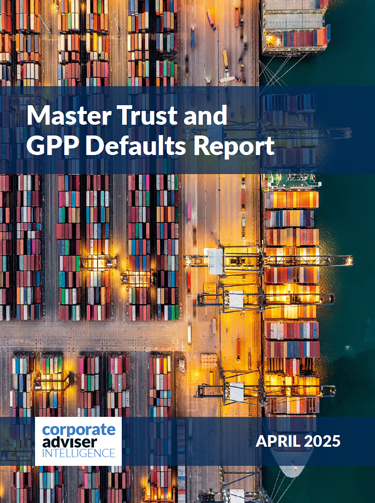Tom Higham, head of engagement, Mercer Master Trust
The concept of value has been widely discussed in the industry, with it seemingly subjective from provider to provider.
Recognising this The Pensions Regulator, the Financial Conduct Authority, and the Department for Work and Pensions are collaborating to develop a framework aimed at improving the value that pension schemes deliver for savers and to allow meaningful comparison of this. Their stated aim for this proposed Value for Money (VfM) framework is to:
▪ Reduce the number of savers with workplace personal pensions that are delivering poor value; and
▪ Drive better value for money across the workplace DC market through increased scrutiny and competition on long-term value rather than predominantly cost.
The introduction of the VfM framework is our chance to standardise value – creating universally accepted definitions of what good value for members looks like.
Defining value in pensions
Value, in the context of pensions, is not merely about immediate service metrics—such as the speed of fund transfers or query response times. If that’s all it took, then we could all create an operationally efficient scheme and then just sit back. But, there’s way more to the value perceived by the members we serve. For some, value is long-term financial security. For others, it’s general satisfaction with the service received. And for still others, it may be sleeping easy, secure in the knowledge their money is safe. So, we need to ask ourselves, what can we implement and measure to capture those broader, and differing, definitions of value? Does one pension provider truly offer a better chance of maximising retirement income compared to another?
Tracking pension outcomes over 20, 30, or even 40 years presents significant challenges. It’s like comparing parenting styles; the outcomes may not be evident until decades later. The current framework focuses largely on investment performance and charges, which are easily quantifiable. But can we take this a step further and look at the variety of interactions we have with members? No one data point on its own can paint the whole picture, but putting the right ones together in the right way can tell a story and can be a great predictive tool.
Value, for us, extends far beyond mere SLAs; it is about providing a vehicle to support an individual’s retirement. Members seek more than just investment options; they look for support, guidance, and increasingly, advice. A more all-embracing approach to measuring value is likely to yield better outcomes for individuals. After all, one bad decision at retirement can negate a decade’s worth of investment returns.
Consider a scheme that offers good investment returns but provides no support at retirement. Under the current VfM framework, such a scheme might be viewed favourably, yet the individual member could ultimately face a poor retirement outcome. Surely the more engaged people are, the better decisions they make? Therefore, shouldn’t monitoring, measuring, and reporting engagement metrics be key indicators of VfM. Are members actively reviewing their pensions? Are they taking necessary actions? Are they seeking advice at retirement? If the answers to these questions are ‘yes’, isn’t there a strong likelihood that the scheme is providing a high-quality, high-value pension experience?
Pushing for better measures
While we support many of the proposals made in the VfM framework, we believe we can
push harder to include some of the more challenging measures of outcomes within its scope. To enhance our understanding of value, we need to:
1. Decide on key measures: Collaboratively determine which metrics are indicative of sound decision-making and positive outcomes.
2. Simplify data collection: Ensure that these measures are straightforward enough to
allow for easy data availability, enabling standardised reporting.
Focusing on member engagement
We would like to see a greater focus on member outcomes and decision-making. By developing simple, universally accepted measures of elements like these, we can enhance transparency.
Imagine all providers adopting a common set of leading indicators of good member outcomes and reporting performance against them. Publicly the ‘Compare My Pension’ will be the next hot comparison tool in town. It’s a win win – for employee benefit consultancies, employers, and the members themselves.
It’s clear that delivering meaningful value for money in pensions requires a shift in focus from immediate service metrics to long-term member outcomes. By refining our measures and enhancing transparency, we can ensure that individuals truly understand the value of their pensions, leading to more informed decisions and improved financial security in retirement.
That feels like value we can all stand behind.





